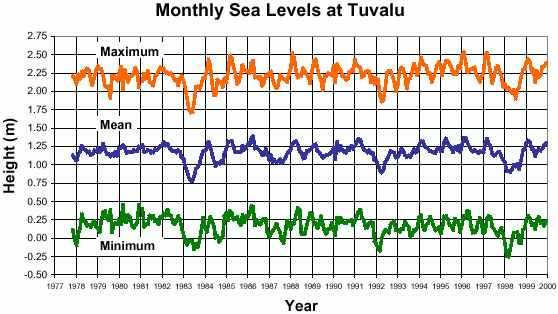kokonut
New Member
- Joined
- Jul 9, 2006
- Messages
- 16,006
- Reaction score
- 1
Guess Steiny likes my comment! Yay! CO2 by itself that animals and human beings exhale is not a pollutant. The decaying plant matter gives off CO2. Not a pollutant. A person calling CO2 a pollutant is an idiot. We actually breathe in more pollutants around us, including particulates, with the air we breathe in but exhale clean CO2.



